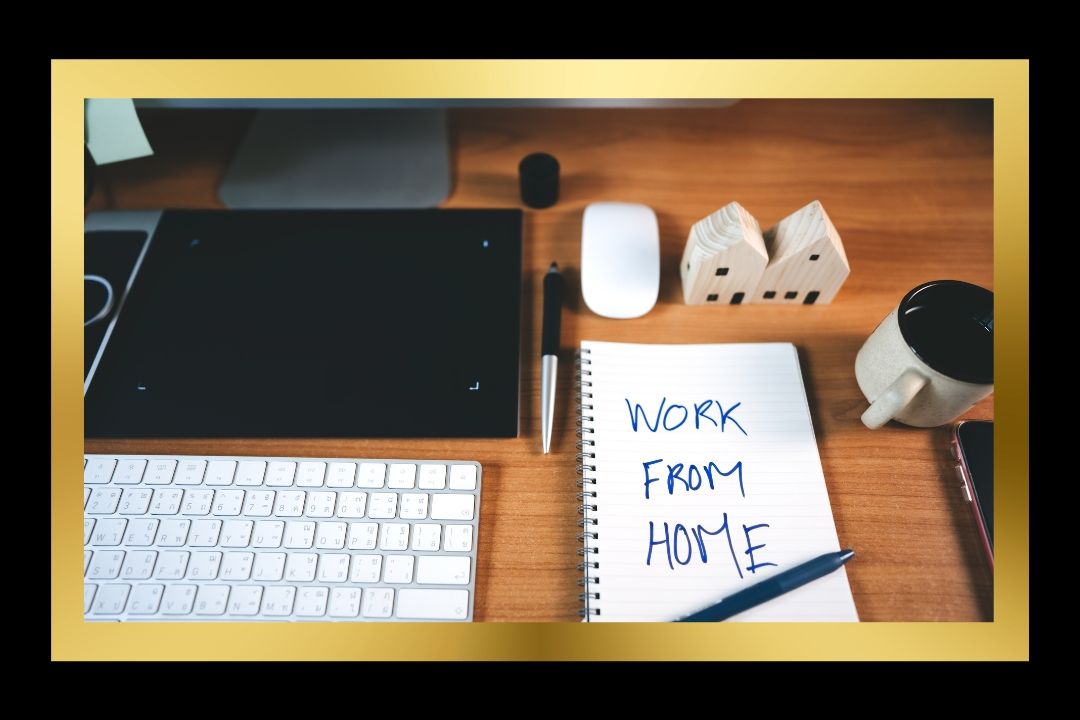
Working From Home: The Actual Cost Method
The Actual Cost Method is one of the two methods available to taxpayers to claim their work from home expenses. According to the ATO, under this method, you can claim the actual expenses you incurred for items like phone, internet, and electricity while working from home. You must keep records to show you incur expenses as a result of working from home. The type of records you need to keep will depend on the method you choose to calculate your expenses.
To use the actual cost method to claim actual expenses, you must incur additional running expenses as a result of working from home and keep records or other written evidence, which shows the amount: you spend on expenses, you spend on depreciating assets you buy and use while working from home, and of work-related use for your expenses and depreciating assets.
You don’t incur additional running expenses if other members of your household (who are not working from home) are in the same room as you while you are working from home.
The ATO provides a list of expenses that can be claimed under this method. These include:
- Electricity and gas for heating, cooling and lighting
- Cleaning costs for your work area
- Phone and internet costs
- Computer consumables such as printer ink and stationery
- Depreciation of home office equipment such as computers, phones and furniture
To claim your work-from-home expenses using actual costs, you must keep either a record showing:
- the number of actual hours you work from home during the entire income year – for example, a timesheet or spreadsheet; or
- a continuous 4-week period that represents your usual pattern of working at home – for example, a diary.
You must also keep records that show:
- the additional running expenses you incurred while working from home, such as receipts, bills and other documents; and
- how you worked out the amount of your deduction.
Occupancy Expenses
You may be able to claim a portion of your occupancy expenses, which includes:
- Mortgage interest
- Rent
- Council & water rates
- House insurance premiums
Occupancy expenses can generally be apportioned on a floor area basis. You must also apportion your expenses on a time basis if you only use that area of your home for work purposes for part of the year.
You must keep records for all your occupancy expenses, including:
- bank statements for your mortgage interest
- rental receipts
- quarterly invoices for your water and council rates
- invoices or receipts for your house insurance
- land tax assessment notices and evidence of payment
- a floor plan of your home with the floor area used when working from home clearly marked
- records of time spent using the area for a purpose other than working from home
- records showing how you apportioned your occupancy expenses.
Please note: claiming occupancy expenses may affect the tax-free status of your home if you sell your home in the future.
Contact us if you require any assistance.